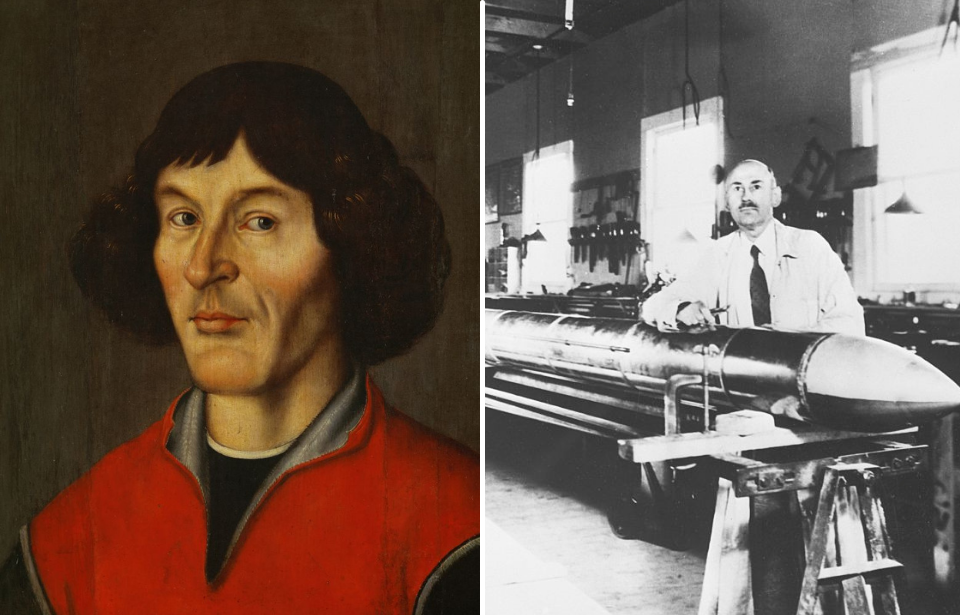Some people were just so ahead of their time that their scientific breakthroughs, predictions, and theories were laughed at by the rest of the world.
Here are nine people who we should have listened to the first time around.
A saint who believed in evolution
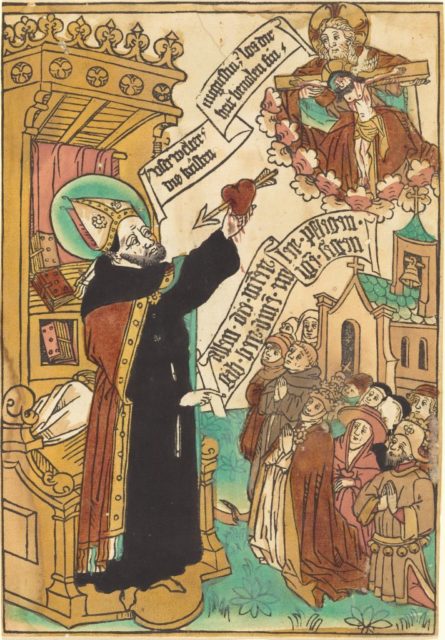
Darwin’s radical theory of evolution exploded onto the world stage in 1859. But as early as 415AD, one man was already thinking along the same lines.
An article by Daniel L. Marcum shares some quotes from the writings of St. Augustine of Hippo, where the saint put forward the idea of theistic evolution (that evolution occurred and was guided by God).
St. Augustine starts by saying: “The things [that God] had potentially created … [came] forth in the course of time on different days according to their different times.”
Then he goes on to add: “Th[e] tree surely did not spring forth suddenly in [a mature] size and form, but rather went through a process of growth with which we are familiar.”
It goes without saying that very few people thought that a workable theory in those days.
Brahmagupta was one of the first to figure out gravity
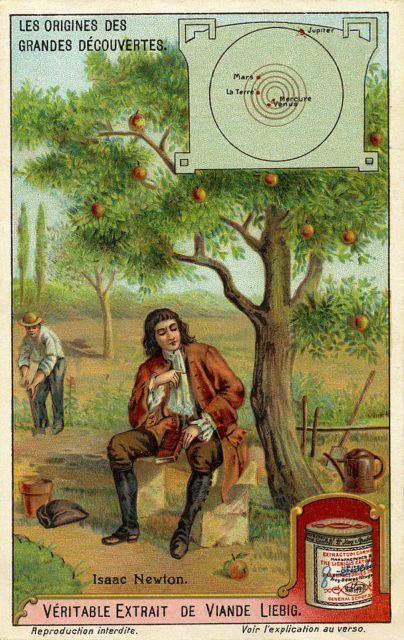
Gravity has fascinated philosophers and scientists for centuries. While we generally credit Galileo, Newton, and Einstein as pioneers in the field, a seventh-century astronomer and mathematician called Brahmagupta was formulating theories pretty early on as well.
He is recorded as stating that “all heavy things fall down to the earth by a law of nature, for it is the nature of the earth to attract and to keep things, as it is in the nature of water to flow.” But nobody paid any attention, and Brahmagupta’s ideas were resigned to a footnote in history.
People feared the first vaccines would turn them into cows
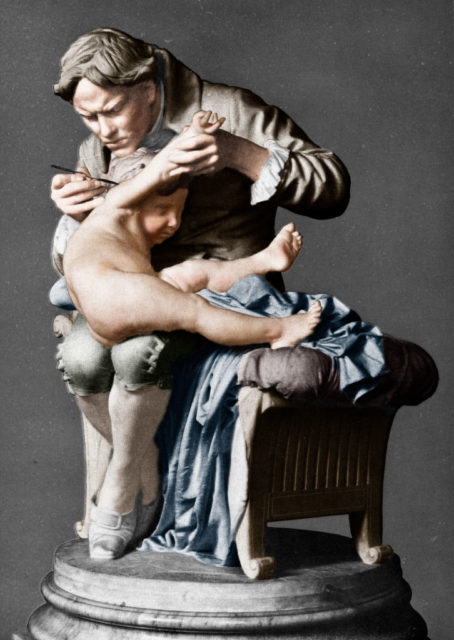
During Edward Jenner’s lifetime, smallpox was a terrible, unstoppable disease. Those who caught it would either die or be scarred for life. But Jenner noticed that milkmaids were generally immune to the disease, and he theorized that this was because they caught cowpox, a milder form of the disease that then protected them from the dreaded smallpox.
He tried his idea out in 1796 on eight-year-old James Phipps, infecting a cut with a small amount of cowpox pus. When the boy later proved immune to smallpox, Jenner had his first successful case study.
However, certain elements of society viewed the vaccine with distrust, and various criticisms and satirical pieces sprang up, most notably the satirical cartoon called ‘The Cow Pock,’ where the artist portrays people sprouting cows from their bodies after being given Jenner’s vaccine.
A gardener and geneticist
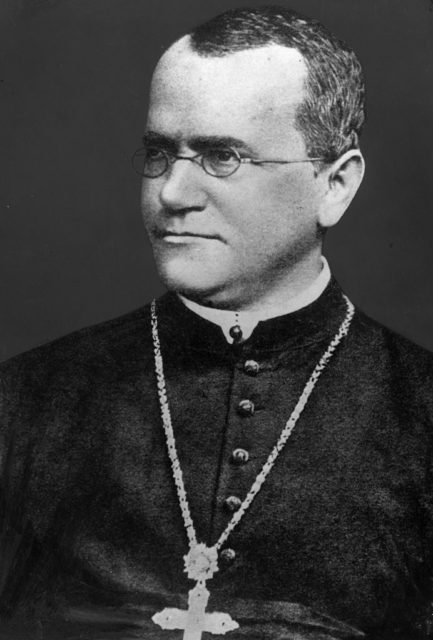
While we might think of modern advances in genetics taking place in labs and hospitals, the first experiments took place in a garden.
Gregor Mendel was interested in how his pea plants grew and why some inherited characteristics relating to height, pod shape, seed color, and flower position while others in the next generation didn’t.
Through his work, he came up with the idea of recessive and dominant traits. However, no one took him seriously when he presented his findings in 1865. Everyone thought his findings should be classified as hybridization rather than something unique and groundbreaking.
But Mendel was not disheartened and reputedly told a friend: “My time will come.”
He had to wait a long time, though. It wasn’t until Hugo de Vries and Carl Correns carried out similar research in 1900 that Mendel’s writings were rediscovered and verified.
Marshall and Warren had a gut feeling
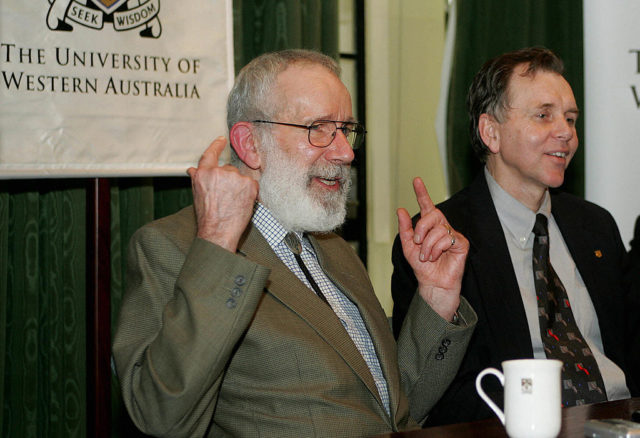
Scientists Barry J. Marshall and J. Robin Warren discovered that a bacterium known as Helicobactor pylori was a primary contributing factor to stomach ulcers. Before that, most believed that stress, diet, or spicy food were the main causes.
At first, they were ridiculed for their ideas, but they began to be taken more seriously as more research was done. In the end, the doubters were silenced when the scientists were awarded the Nobel Prize in Physiology or Medicine in 2005.
Copernicus and Galileo got it the right way ’round
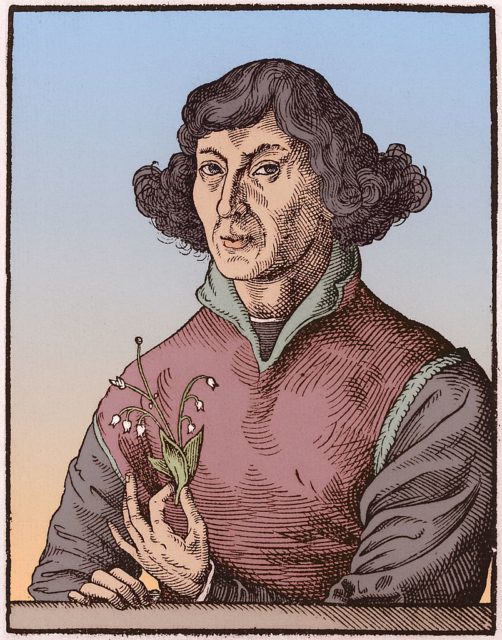
Galileo took an interest in the idea of heliocentricity, a theory that had been put forward by Renaissance astronomer Nicolaus Copernicus in the 16th century. Copernicus’ idea had been buried by religious leaders, but Galileo brought the idea back into the light in the early 1600s.
Being put under house arrest didn’t stop Galileo from saying that the Earth and other planets orbited around the sun. During his lifetime, it was blasphemous to claim such a thing as people generally believed that the Earth was the fixed center of creation as part of God’s plan.
Surgeons washing their hands provoked outrage
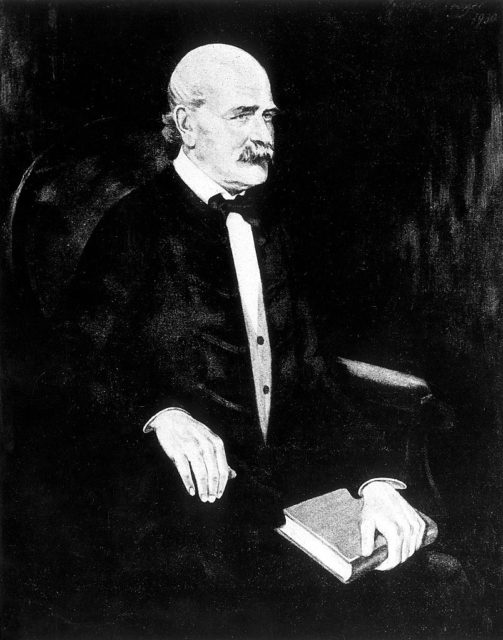
Around 1847, Hungarian physician Ignaz Semmelweis suggested that it would be better if doctors washed their hands between patients using chlorinated lime solutions. He became known as the “savior of mothers” because his practices lowered the number of deaths of new mothers from puerperal fever (also known as childbed fever).
Surgeons of the time were outraged. In their minds, being covered in blood was a sign that they were doing the job right.
Even though Semmelweis’s practices reduced mortality to below 1%, he couldn’t precisely explain why that was the case, so people mocked him for his ridiculous, unprovable ideas. The best he could come up with was that contamination by “cadaverous material” was responsible for the disease. Luckily, other surgeons were paying attention and his ideas eventually caught on.
Lister’s antiseptic is treated with disdain
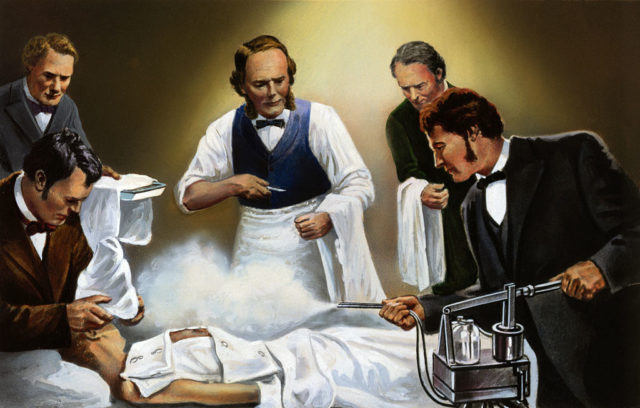
Although it’s standard practice to create a sterile surgical environment today, Joseph Lister had a fight on his hands when he tried to convince the world of medicine that microorganisms could be responsible for the death of patients following operations. When he developed an antiseptic, no one was interested.
Semmelweis’s ideas about germs had been advanced by Louis Pasteur, one of the founders of modern bacteriology, who’d identified the existence of germs and how to kill them. He is responsible for creating the process of pasteurization.
But when Lister put forward his own theories, the medical world was so against him that even The Lancet wrote warnings about his practices in 1873. However, while he failed to convince his peers, he had more success with the younger generation, who were open to his research.
Robert H. Goddard proved rockets could move through a vacuum
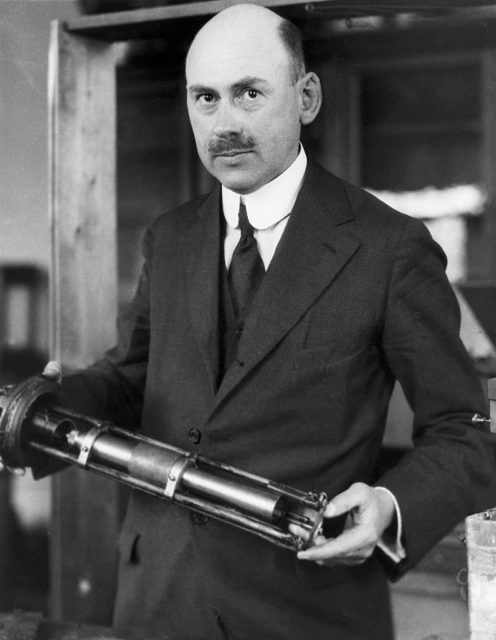
While today we have the Goddard Institute for Space Studies and NASA’s Goddard Space Flight Center research lab, initially everyone thought that Goddard was an idealist with unrealistic ambitions.
In 1920, an editorial in the New York Times scathingly stated that “he only seems to lack the knowledge ladled out daily in high schools.” The writer believed that for a rocket to achieve thrust, it needed to be in the atmosphere. But Goddard was certain that thrust could be achieved in the vacuum of space as well.
Failure didn’t deter Goddard, nor did further caustic newspaper headlines like “Moon rocket misses target by 238,799½ miles.” Finally, on March 16, 1926, Goddard managed to get a rocket fueled by liquid propellant to an altitude of 41 feet.
Although the rocket’s flight only lasted for two seconds, it was enough to prove that he’d been correct in his assertions. Following on from that, he and his team launched 34 rockets between 1926 and 1941, some of which went as high as 1.6 miles (2.6 kilometers).
However, it wasn’t until July 17, 1969, the day after Apollo 11 had left the launchpad, that the New York Times retracted its editorial. After a brief summary of its previous article, the correction read: “Further investigation and experimentation have confirmed the findings of Isaac Newton in the 17th Century and it is now definitely established that a rocket can function in a vacuum as well as in an atmosphere. The Times regrets the error.”
Tesla predicted the internet
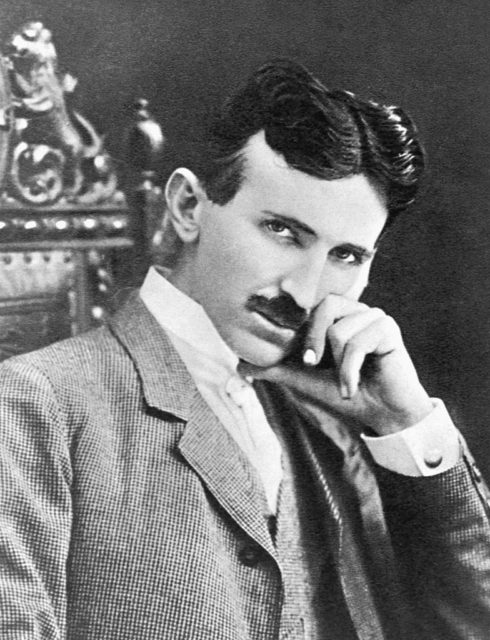
In 1909, someone asked Nikola Tesla what he thought future technology would look like.
In 1909, someone asked Nikola Tesla what he thought future technology would look like.
More from us: How A Science Fiction Writer ‘Predicted’ The Manhattan Project
Even though the invention of WiFi and mobile phones was 80 years away, Tesla said: “It will soon be possible to transmit wireless messages all over the world so simply that any individual can carry and operate his own apparatus.” How right he was.
